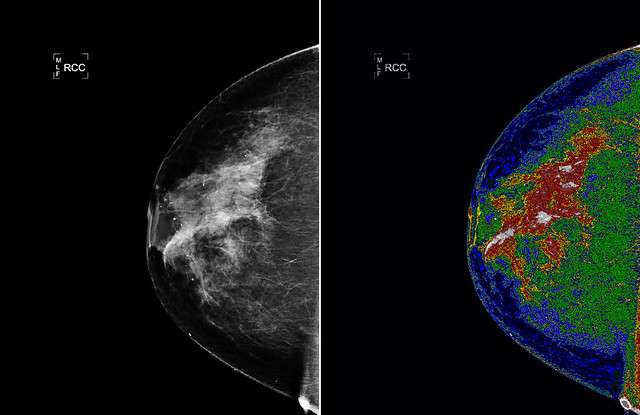
The field of medicine is continually changing to meet the current needs of people around the world. Although many diseases such as cancer seem to be on the rise, early detection now helps to save the lives of many patients. Thanks to modern medicine and new advancements in bioimaging using light technology, at-risk patients are being identified even earlier so that necessary measures may be taken to ensure proper treatment is provided.

Modern medicine utilizes technology for more accurate and precise evaluation of internal body imaging. Light technology has been adapted as a safe and non-invasive method for bioimaging that provides an in-depth view of soft human body tissues.
Image Source: Flickr user NEC Corporation of America


